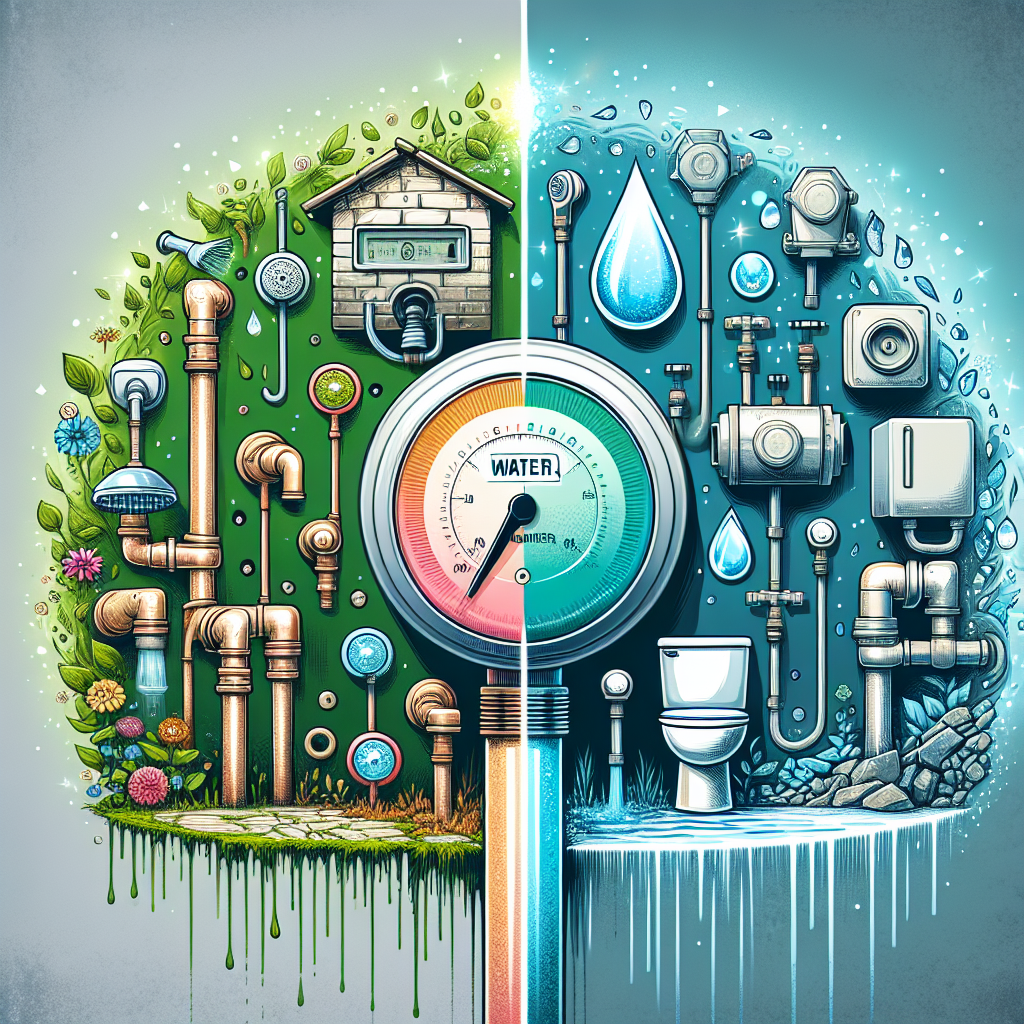In a world grappling with water scarcity and environmental issues, the importance of water-efficient fixtures cannot be overstated. These innovations not only help reduce water consumption and utility bills but also play a vital role in preserving our precious natural resources. Let’s dive deeper into the significance of selecting water-efficient fixtures for our homes and businesses.
Understanding Water-Efficient Fixtures
Water-efficient fixtures are designed to reduce the amount of water used without compromising performance. These include low-flow faucets, showerheads, toilets, and appliances such as washing machines and dishwashers. By integrating technology and innovative designs, these fixtures provide effective solutions for minimizing water usage.
The Mechanics Behind Water Efficiency
Water-efficient fixtures employ various mechanisms to conserve water:
- Flow Restrictors: Many faucets and showerheads use built-in restrictors to limit water flow while still providing a satisfying experience.
- Dual-Flush Toilets: These toilets offer two flushing options—one for solid waste and another for liquid—encouraging users to use less water when appropriate.
- Aerators: Faucet aerators mix air with water, providing a steady stream while using less liquid overall.
The Environmental Impact of Water-Efficient Fixtures
Choosing water-efficient fixtures goes beyond personal benefit; it contributes significantly to environmental conservation.
Saving Water: A Collective Responsibility
Freshwater constitutes only about 3% of the world’s total water supply, and a significant portion is rapidly being depleted. According to the U.S. Environmental Protection Agency (EPA), a family can save about 3,000 gallons of water per year by switching to water-efficient fixtures. When adopted on a larger scale, these changes can lead to a substantial collective impact, mitigating the effects of drought and preserving aquatic ecosystems.
Reducing Energy Consumption
Water-efficient fixtures not only save water but also reduce the energy required to heat that water. When we use less hot water, we decrease our reliance on energy sources, contributing to reduced greenhouse gas emissions. This energy conservation plays a crucial role in combating climate change and promoting a sustainable future.
Financial Benefits of Choosing Water-Efficient Fixtures
Investing in water-efficient fixtures can lead to significant financial savings over time. Here’s how:
Lower Utility Bills
While the initial investment in water-efficient fixtures may be higher than standard options, the long-term savings on water and energy bills can be substantial. Homeowners may see reductions of up to 30% on their water bills, making these fixtures economically viable in the long run.
Increased Property Value
Modern and environmentally-friendly features are also attractive to homebuyers. By installing water-efficient fixtures, property values can increase, appealing to environmentally conscious individuals who are keen on sustainable living.
Making the Switch: Tips for Choosing Water-Efficient Fixtures
Now that we understand the importance of water-efficient fixtures, how can we make informed choices when it comes to selecting them?
Look for Certifications
When shopping for water-efficient fixtures, look for certifications like WaterSense, a program by the EPA that identifies products meeting specific water-saving criteria. These fixtures are independently tested and serve as reliable options for conserving water.
Consider Lifespan and Durability
Invest in high-quality fixtures that are durable and come with warranties. A longer lifespan reduces waste and the need for frequent replacements, further contributing to environmental sustainability.
Assess Your Needs
Before making a switch, evaluate your household’s water usage patterns. For example, a large family may benefit more from low-flow toilets and efficient showerheads, while individuals may focus on optimizing kitchen faucets.
Conclusion: A Community Effort to Build a Sustainable Future
Choosing water-efficient fixtures is an important step towards sustainability, both for our wallets and our planet. This change requires a collective effort from individuals, families, and businesses to embrace water-saving technologies.
By making educated choices, we can contribute to a significant reduction in water consumption and help protect our natural resources for future generations. Let’s take pride in our responsibility to the environment, one water-efficient fixture at a time.


